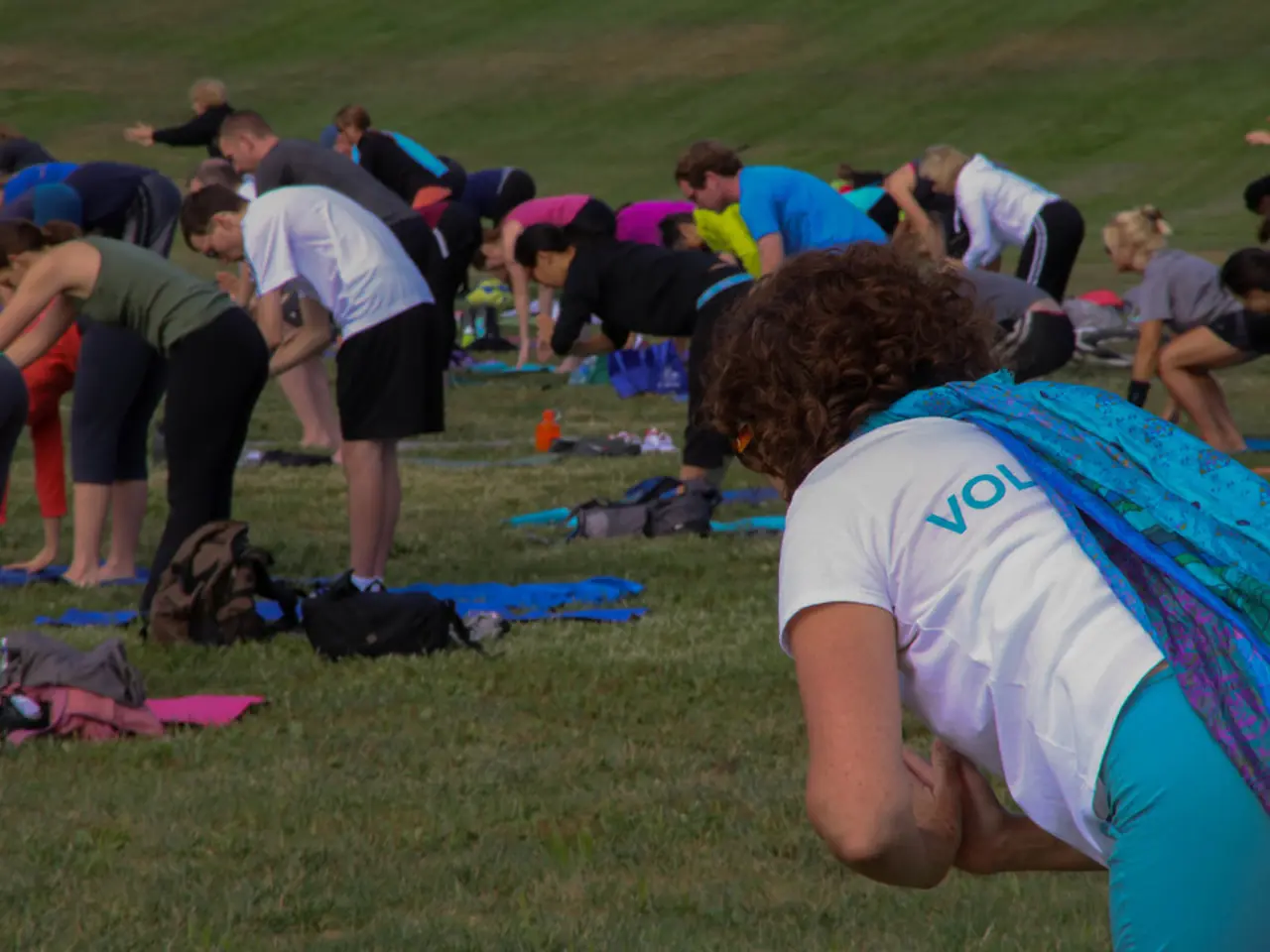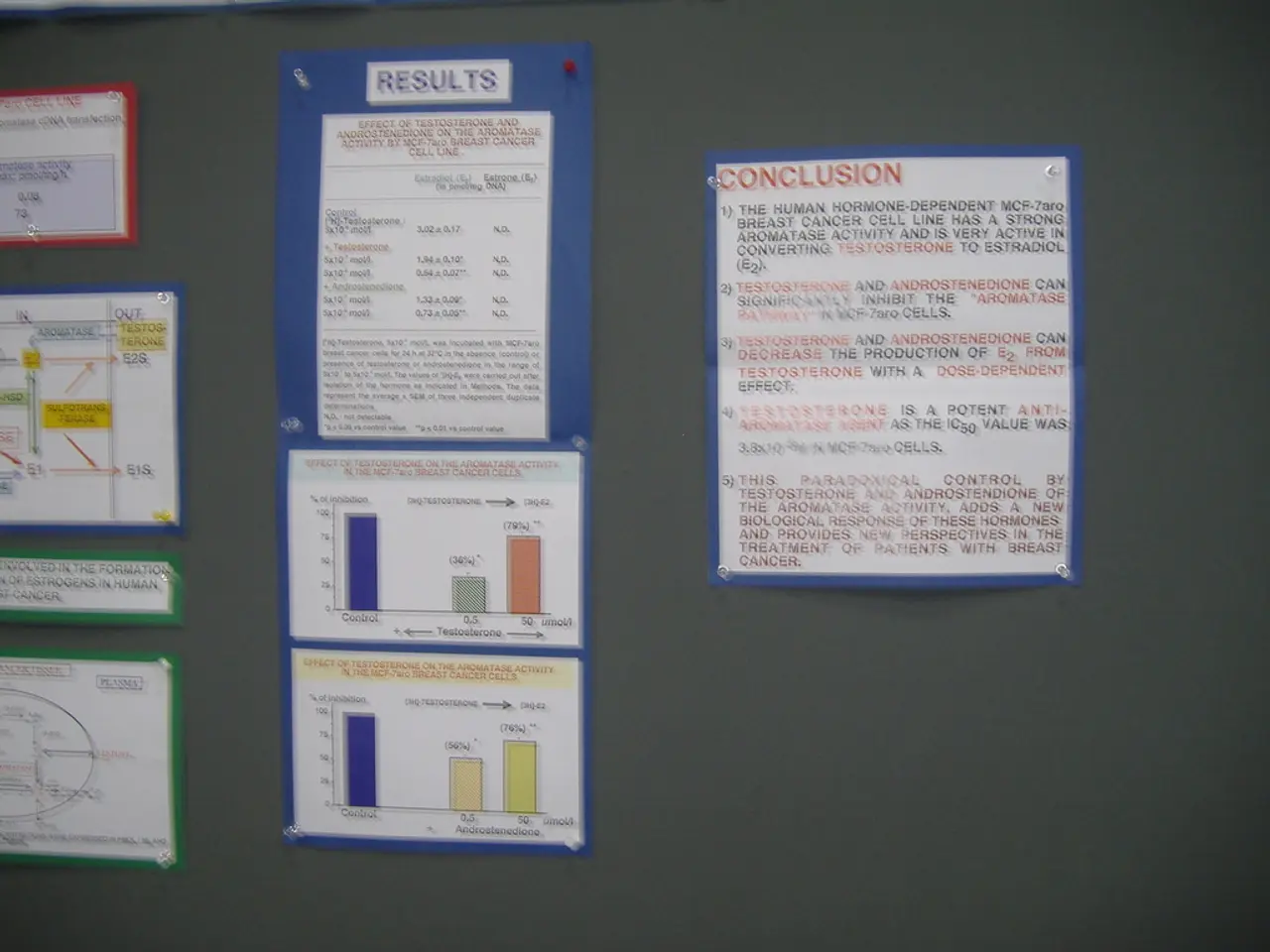Emotional Well-being through Yoga: Understanding the Process & Optimal Techniques for Harmony and Catharsis
In the bustling world we live in, it's no surprise that emotions can often become buried beneath the daily grind. However, a practice as old as time itself may hold the key to unlocking these hidden feelings - Yoga.
Yoga, a centuries-old practice originating from India, is renowned for its physical benefits, but it also offers a profound emotional release. By creating a relaxed, mindful state, yoga allows muscles and connective tissues to release physical and emotional tension.
One of the key mechanisms by which yoga facilitates emotional release is the mind-body connection. Yoga cultivates increased awareness of physical sensations and underlying emotions, helping bring subconscious feelings into conscious awareness. This connection allows for better emotional regulation and processing.
Breathwork is another crucial element. Controlled, mindful breathing in yoga regulates the nervous system, calms the mind, and supports the release of stored trauma or tension held in the body. Practices like deep diaphragmatic breathing or alternate nostril breathing calm the body's stress response.
Physical movement, postures, and stretches also play a significant role. They help release muscle tightness and energy that accumulates with suppressed emotions. For example, shaking the body can help complete the stress response cycle and discharge retained tension.
Yoga creates a safe, peaceful mental and physical space where emotional pain can surface and be processed with self-compassion and non-judgmental awareness. Poses such as Half Bridge Pose (Setu Bandhasana) open the hips, balancing the sacral and heart chakras, providing a space for emotional exploration.
Lying Twists (Supta Matsyendrasana) relieve digestive tension, detoxify, and support emotional clarity, while Kneeling and folding forward with arms extended or resting beside you opens the chest and helps release emotional holding.
Yoga significantly improves temperament and emotion, with more than 69% of yoga practitioners having experienced a noticeable positive change in their mood. Practices like Loving-kindness meditation replace self-criticism with compassion, while Corpse Pose (Shavasana) promotes complete surrender, integration, and emotional stillness.
Bhramari (Bee Breath) soothes emotional stress through vibrational humming, while Nadi Shodhana (Alternate Nostril Breathing) balances the brain hemispheres and calms the mind. Meditation and mindfulness prevent re-suppression of emotions after a yoga session, ensuring that the emotional release is sustainable.
Poses such as Shoulder Stand and Plow stimulate the thyroid, helping to regulate metabolism and support steady energy levels, contributing to a more balanced emotional state. Body scan meditation cultivates presence and emotional awareness, further deepening the emotional release.
In essence, yoga is not just physical exercise but a therapeutic practice that helps unlock the body’s hold on unresolved emotions, enabling them to be consciously felt, expressed, and ultimately integrated or released. By addressing body, mind, and spirit simultaneously, yoga supports a fuller healing process that can bring gratitude, inner strength, and meaning beyond difficult emotions or trauma.
Yoga, with its focus on the mind-body connection, encourages a profound emotional release through the practice of controlled breathing, physical asanas, and meditation. For instance, Lying Twists (Supta Matsyendrasana) not only relieve digestive tension but also support emotional clarity, making it easier to process hidden feelings. Additionally, poses like Half Bridge Pose (Setu Bandhasana) open the hips, providing a space for emotional exploration, and practices such as Bhramari (Bee Breath) soothe emotional stress, facilitating a complete healing process.




